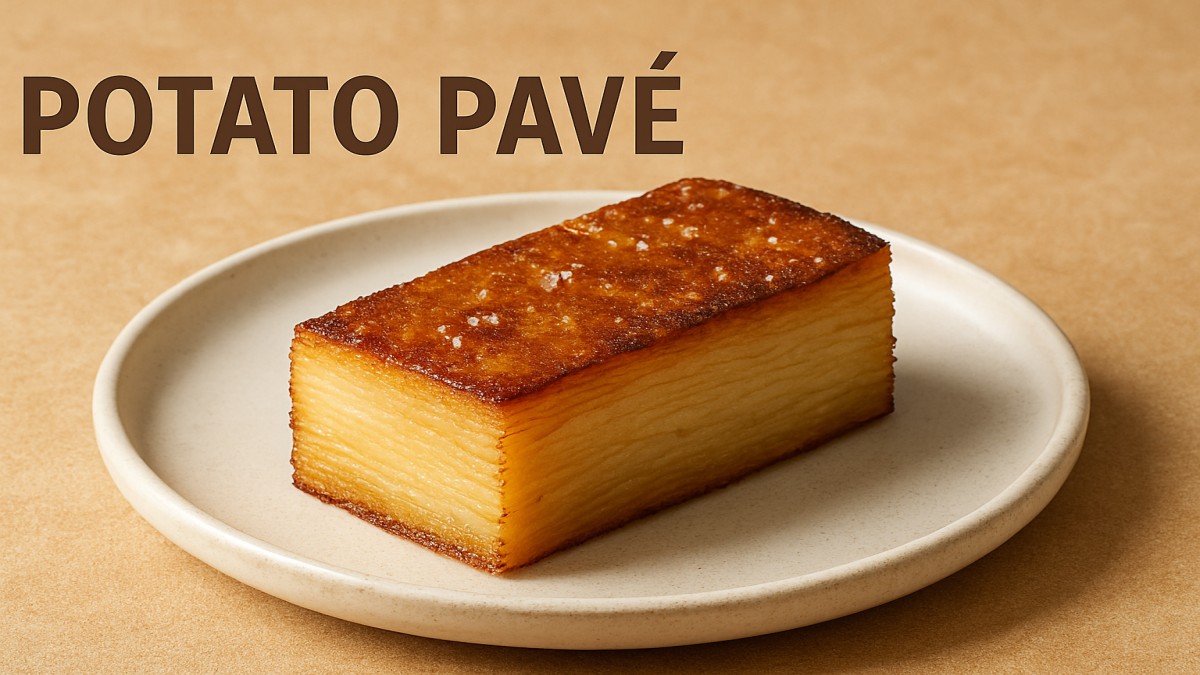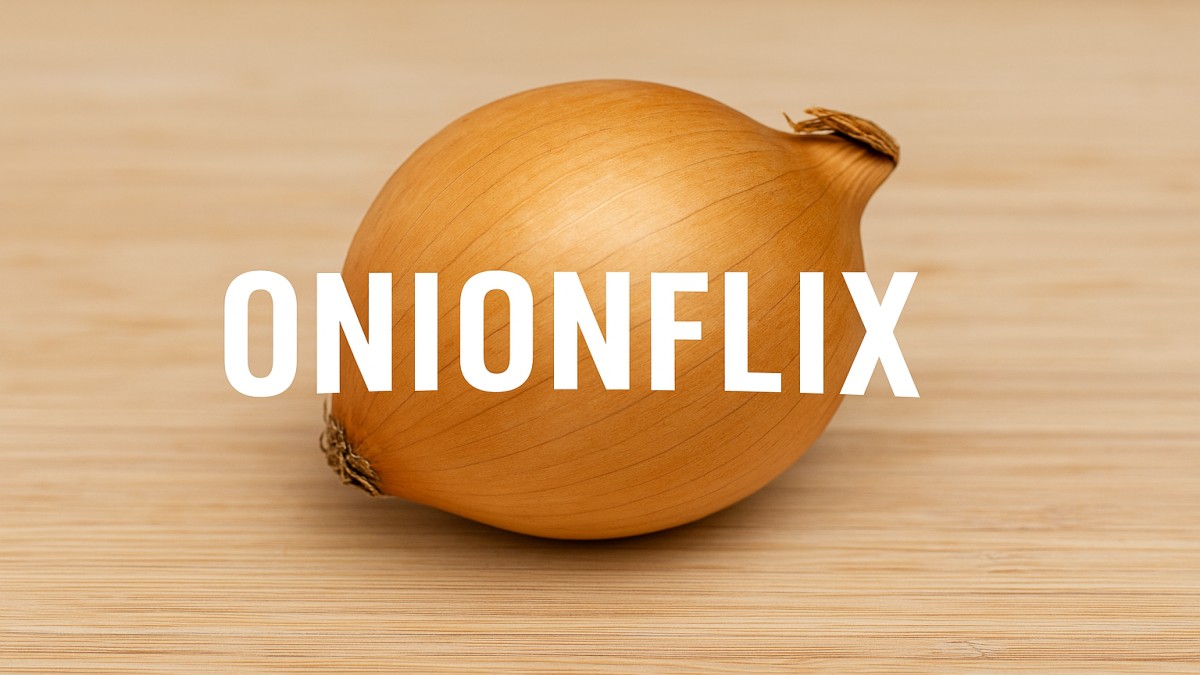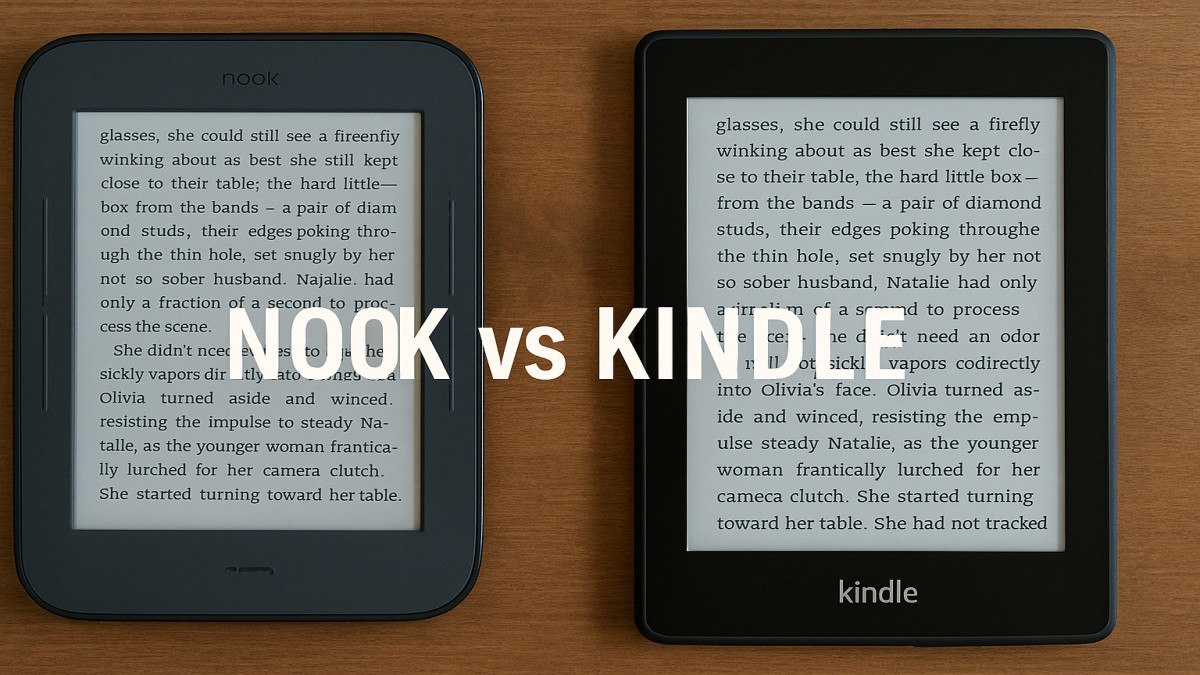food
Potato Pavé: The Fancy French Side Dish You’ll Actually Want to Make

Let’s face it—potatoes are the MVP of comfort food. But what if we told you there’s a way to take them from basic to bougie? Meet Potato Pavé, the ultra-crispy, super-luxurious French dish that’s as elegant as it is satisfying. Whether you’re cooking for guests or just treating yourself, this dish is a stunner.
What is Potato Pavé?
Potato Pavé is a French-inspired dish made from thinly sliced potatoes layered with butter and cream, then baked, pressed, and finally pan-seared to golden perfection. It’s like a cross between potato gratin and a crispy brick of heaven.
The result? Clean, straight layers, crispy edges, and a rich, melt-in-your-mouth texture.
The Origins of Potato Pavé
The dish is often attributed to modern French cuisine and was made popular by chefs like Thomas Keller, known for his precision and culinary elegance. “Pavé” means “paving stone” in French—which totally makes sense when you see the dish: neat, brick-shaped blocks of golden-brown deliciousness.
Why It’s Called “Pavé”
In French, “pavé” translates to “cobblestone” or “slab,” and the dish’s structured, squared-off look resembles just that. It’s a culinary nod to both aesthetics and texture—clean, defined, and crisp.
Key Ingredients
Best Potatoes to Use
For that creamy interior and clean layering, you’ll want starchy potatoes like:
- Yukon Gold – smooth texture, slightly buttery
- Russet – classic choice, fluffier but drier
Avoid waxy potatoes like red or new potatoes—they won’t break down or bind as well.
Fat is Flavor – Butter, Cream, or Both?
You’ll need:
- Unsalted butter (so you control the salt level)
- Heavy cream or a mix of cream and milk
- Garlic, thyme, salt, and pepper for flavor
Some versions add cheese, but traditional pavé lets the potato shine.
Tools You’ll Need
- Mandoline slicer (for even, thin slices)
- Loaf pan or square baking dish
- Parchment paper
- Weights (like canned goods) for pressing
- Sharp knife for clean slicing
- Nonstick pan for searing
The Layering Process Explained
This is where the magic happens. It’s all about:
- Uniform thickness – so it cooks evenly
- Perfect layering – tight stacks mean better structure
- Butter between layers – don’t skip it!
Think of it as laying bricks—precision pays off.
Step-by-Step Guide to Making Potato Pavé
- Preheat oven to 325°F (160°C).
- Peel and slice potatoes (1/8 inch thick or thinner).
- Line baking dish with parchment, leaving overhang for easy removal.
- Layer potatoes, brushing each layer with melted butter and a splash of cream. Season every few layers with salt and pepper.
- Cover tightly with foil and bake for about 1.5–2 hours, until fork-tender.
- Cool slightly, then press with a weighted tray overnight in the fridge.
- Unmold and slice into squares or rectangles.
- Sear in hot oil or butter until crispy and golden on all sides.
Done right, the inside stays soft while the exterior turns beautifully crisp.
Tips for Perfect Texture and Flavor
- Don’t rush the baking – low and slow gives better results.
- Chill overnight – this firms it up so it slices neatly.
- Sear only before serving – it re-crisps the exterior and warms the center.
How to Store and Reheat
- Fridge: Store pressed pavé (before searing) for up to 3 days.
- Reheat: Pan-sear or oven-reheat slices at 400°F until warm and crispy.
- Freeze: You can freeze them after baking and pressing, but texture may suffer slightly.
Potato Pavé vs. Potato Gratin – What’s the Difference?
| Feature | Potato Pavé | Potato Gratin |
|---|---|---|
| Texture | Crisp exterior, firm layers | Creamy, cheesy top layer |
| Structure | Square, pressed bricks | Free-form casserole |
| Prep Style | Chilled, then seared | Baked and served warm |
| Aesthetic | Fine-dining sleek | Homestyle comfort |
Both are delicious—just different personalities!
Conclusion
Potato pavé is proof that simple ingredients can create something extraordinary. With the right tools and a little patience, you’ll have a side dish that looks straight out of a fine dining kitchen—but made with love (and a lot of butter) at home.
FAQs
1. Can I make potato pavé without a mandoline?
Yes, but it’s harder to get consistent slices. A sharp knife and patience can work in a pinch.
2. Is cheese necessary in potato pavé?
Not at all! Traditional recipes skip cheese, but feel free to experiment.
3. Why press the pavé overnight?
Pressing helps the layers bind, creating that beautiful structure and making it easy to cut.
4. Can I make it ahead for a party?
Absolutely! Prep, bake, and chill the day before. Just sear before serving.
5. Is it gluten-free?
Yes! No flour, breadcrumbs, or gluten-containing ingredients—just pure potato goodness.

 entertainment2 months ago
entertainment2 months agoOnionFlix: Everything You Need to Know About This Streaming Website

 others1 week ago
others1 week agoNook vs Kindle: Which E-Reader Is Right for You?

 entertainment1 month ago
entertainment1 month agoPYT Telegram: A Complete Guide to Understanding, Using, and Maximizing It

 education1 month ago
education1 month agoHow to Become a Software Engineer: A Complete Guide






















